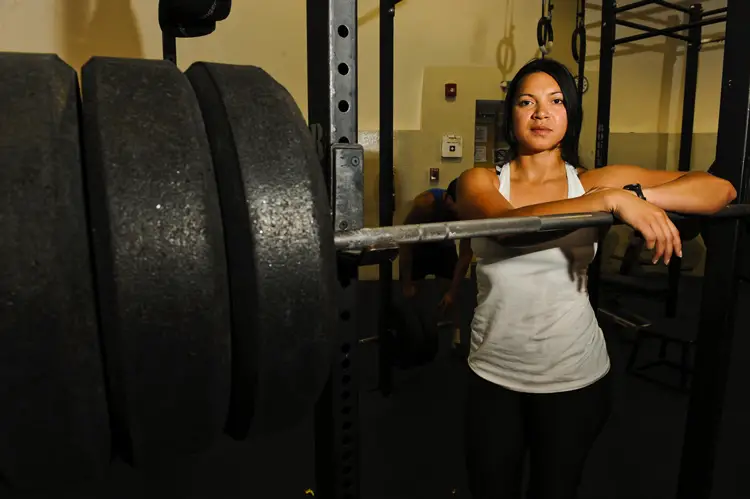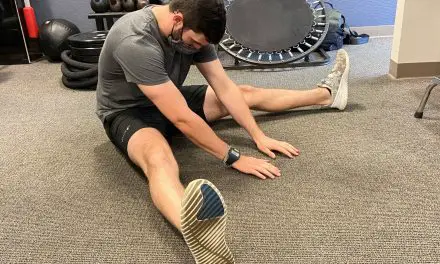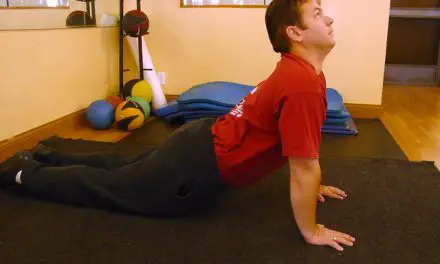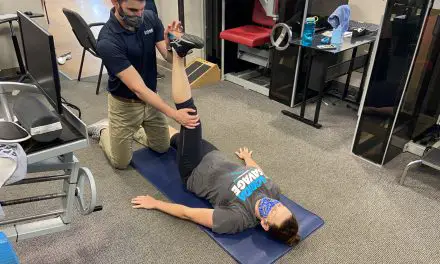The American College of Sports Medicine (ACSM) recommends that if you are training for maximum strength and power, you should rest between 3 to 5 minutes between sets. For muscle growth, rest between 1 to 2 minutes. But sometimes, that might not be enough. Research shows that resting longer than one minute might be better, especially if you’re lifting heavy.
A 2016 study of 21 young men who had some experience in strength training found that those who rested for 3 minutes had higher muscle thickness and maximal strength than those who rested for one minute. Both groups performed various full-body workout three times a week for 3 sets of 8 to 12 reps (to failure).
The researchers concluded that “longer rest periods promote greater increases in muscle strength and hypertrophy in young resistance-trained men,” but there wasn’t much difference in muscle size and endurance between both groups. Also, it is not known if this can be applied to other populations, such as women, people who have never trained with weights, people with obesity, and the elderly.
In 2023, a systematic review 15 studies that examines older adults with sarcopenic obesity also suggested that long rest intervals (long than one minute) is preferable than between 30 to 60 seconds. They wrote, “Longer intervals (more than 60 s) can allow for the maintenance of a higher total load lifted. Shorter intervals (<60 s) can decrease the total load lifted to make training denser. Moreover, the rest interval is associated with strength and hypertrophy outcomes, with a potential advantage for using long intervals.”
Rest interval for muscle growth
A 2017 systematic review found that resting for 60 seconds or less have similar benefits at resting for more than 60 seconds. However, resting longer than a minute can be “advantageous” because this allows you to pump more iron or complete a desired number of reps to sustain training volume, just like in the previous study on older, obese adults.
Among the six included studies, five of them involved untrained subjects while the remaining one involved experienced weightlifters with a total of 97 men and 18 women. Short-duration rest periods were between 20 to 60 seconds, and long-duration periods were 80 seconds to six minutes. The studies lasted an average of a bit more than eight weeks where the subjects trained two to three days a week with a blend of single-joint and multi-joint training. None of the them had the subjects train at high intensities.
The researchers suggested that the “best approach to a hypertrophy-based resistance training session may be to focus on training volume by performing complex, multi-joint exercises and incorporating longer interset rest intervals in the first part of the training session, and then shift the focus to inducing a greater metabolic stress by performing isolation exercises and incorporating shorter inter-set rest intervals towards the end of the training session.”
In other words, try doing exercises that involve more than one joint, such as a squat, lunge, and dumbbell curl and press in the first part of your training session, finishing with exercises that focus on one joint movement, like a biceps curl, chest fly, and leg curls.
Rest interval for strength training
If you’re looking to increase maximum strength, research finds that resting for longer than two minutes is better than less than two minutes. A 2017 systematic review examined 23 qualified studies that had mostly untrained subjects (413 men, 78 women) that lasted between four to 16 weeks. Two of these studies involved older adults (age 65-plus).
Although both short and moderate rest intervals are almost quite effective in gaining maximal strength, longer rest intervals may be ideal for multi-joint training and shorter rest intervals are just as good as longer rest intervals for single-joint training.
Furthermore, researchers in a 2015 systematic review of strength and muscle hypertrophy training for health older adults found that rest periods didn’t have much effect on strength—at least in the lower body where a group of older men were using the leg press exercise. Longer rest periods may help reduce the risk of falls due to fatigue, they suggested. However, because there were only five studies reviewed that involves rest periods, the researchers suggests that the findings “ should be interpreted with caution and further studies are needed.”
Although the ACSM guidelines are pretty close to what research says, they are vague and miss other factors that can affect the quality of your workouts. If you working out at home or at the gym, try to do exercises that work on multiple body parts first before ending with single-joint exercises. Your workout might look something like this:
Squat row with a cable machine
Squat or lunge with a dumbbell shoulder press
Cable wood chop and reverse chop
Dumbbell chest press
Lat pulldown
Any single-joint arm or leg exercises
- Leg curls
- Leg extensions
- Calf raises
- Bicep curls
- Tricep extensions
- Lateral raises
Consider the number of sets and reps, how much effort you are lifting (intensity), and the speed of your muscle contractions, factoring in the rest period with exercise selection should give you a more complete workout.
A native of San Diego for nearly 40 years, Nick Ng is an editor of Massage & Fitness Magazine, an online publication for manual therapists and the public who want to explore the science behind touch, pain, and exercise, and how to apply that in their hands-on practice or daily lives.
An alumni from San Diego State University with a B.A. in Graphic Communications, Nick also completed his massage therapy training at International Professional School of Bodywork in San Diego in 2014.
When he is not writing or reading, you would likely find him weightlifting at the gym, salsa dancing, or exploring new areas to walk and eat around Southern California.





